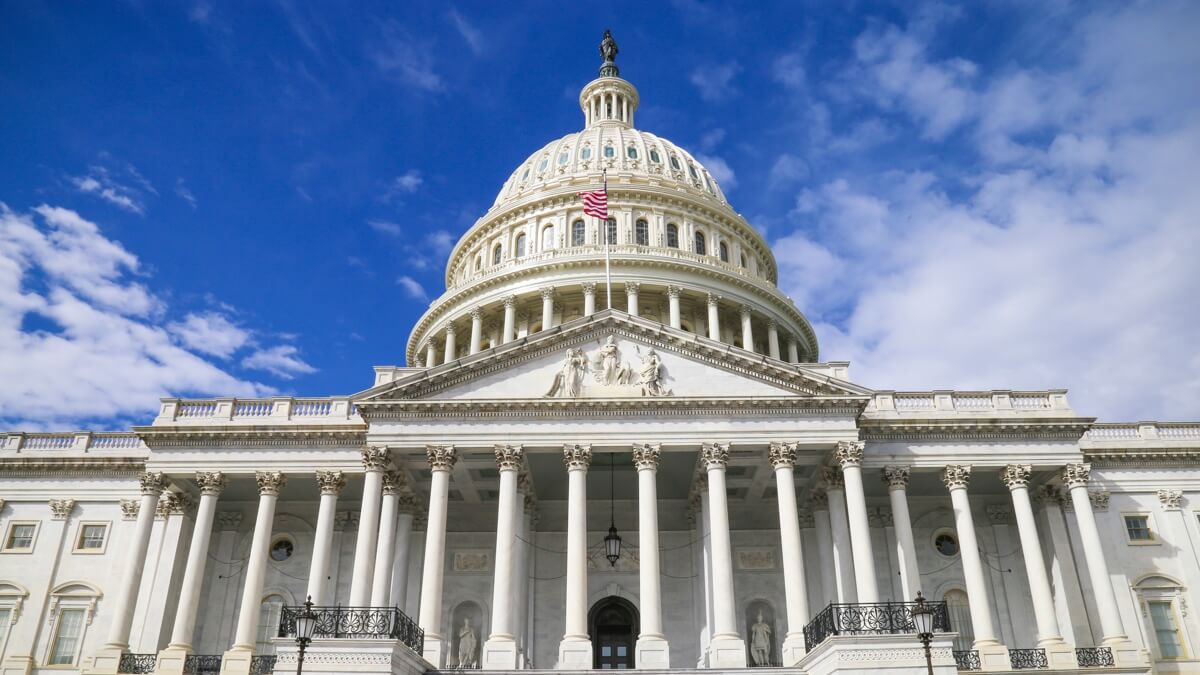
Even in a time of great political division, the Green New Deal has stood out for polarizing Americans. It offers a vision for the future of the US economy that falls somewhere between an attainable dream or an unthinkable nightmare, depending on your perspective.
In its essence, the Green New Deal offers a vision of a decarbonized U.S. economy that runs on renewables (specifically, transitioning to “clean, renewable and zero-emissions energy sources” within 10 years). No doubt the resolution is highly ambitious, but given the advances in cleantech that we see in our day-to-day work, the U.S. cleantech sector already has a strong start to achieve many of the goals outlined in the resolution. With renewables on the verge of achieving price parity with fossil fuels (and already achieving this in some cases), the sector is poised to create massive changes to match the lofty ambitions of the GND.
From energy to mobility to smart cities, we work with companies across the industrial sectors that the Green New Deal touches on. Here are three sectors that, in the energy transition marathon that the GND hopes to launch, have already started running:
Energy storage: Key to the energy transition is storage: batteries large, reliable and abundant enough to store the energy produced by a massive ramp-up of wind and solar. Supported in part by state-level policies, storage is accelerating at an impressive rate — Woods Mackenzie predicts this year that energy storage deployments will double from last year, to a record-setting 1,681 MWh. Equally important, the storage industry is beginning to achieve the long-duration capacity needed to keep electric grids stable — essential to going 100 percent renewable. Bloomberg New Energy Finance predicts “the capital cost of a utility-scale lithium-ion battery storage system [will decline] another 52 percent between 2018 and 2030,on top of the steep declines seen earlier this decade. This will transform the economic case for batteries in both the vehicle and the electricity sector.”
Electric vehicles: When you think of an electric vehicle, does a sleek, silent luxury machine come to mind? That may change soon (the luxury part, at least). Deloitte predicts that by 2021-2024, electric vehicles will achieve price parity with gas and diesel vehicles. While EVs still make up a tiny sliver of the cars on the road today, Deloitte’s prediction points to a coming inflection point, one that’s crucial to cross, as transportation is the largest source of emissions in the U.S. Over the last few years, electric vehicles sales have continued to outpace market predictions and analysts already acknowledge that we’re hitting peak ICE (internal combustion engine).
Power generation: Why isn’t the power sector the top emissions generator in the US? Aren’t power plants the biggest sources of GHGs? Not anymore, because energy efficiency measures and innovations such as smart grids and distributed energy are coalescing to transform the way we generate, distribute and consume energy. While electric utilities have a reputation for being slow-moving, many are embracing these changes. Others find they have to decarbonize and decentralize the energy they sell, due to either state mandates or customers simply demanding clean energy,energy independence or better customer experiences.
Honorable mentions: The Green New Deal does not focus only on energy and mobility, but touches on all aspects of the economy. For example, many companies are tackling the environmental crisis created by industrial agriculture by developing — and commercializing — cultured meat or vegan protein alternatives. Between vegan nuggets at McDonald’s and Impossible burgers at White Castle, these alternatives have gone mainstream. Cleantech innovators are examining other supply chains as well, developing sustainable alternatives to current raw materials for manufacturing or using data to build circular chains that reduce waste.
There are a plethora of emerging startups marching these ideas forward and making advances to bring down costs and scale their technologies. In these early days, it is difficult to predict what will happen with the Green New Deal or even which industries, if any, will benefit from it. But investors, policymakers and the general public should take note: companies are already building the batteries, charging infrastructure, efficiency software and other technologies needed to achieve the crucial transition to a zero-carbon economy. Hint: they are our clients, ask us about them!